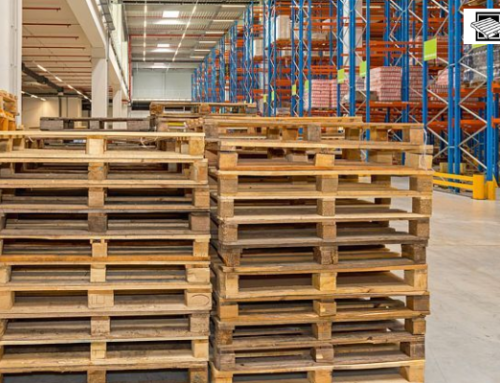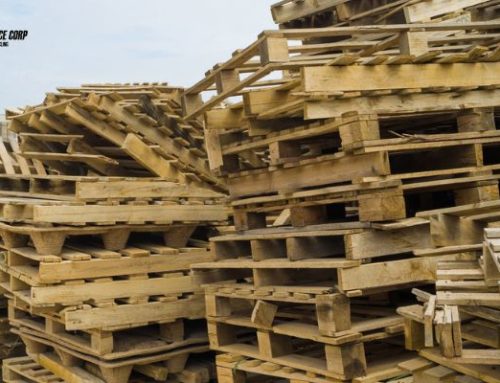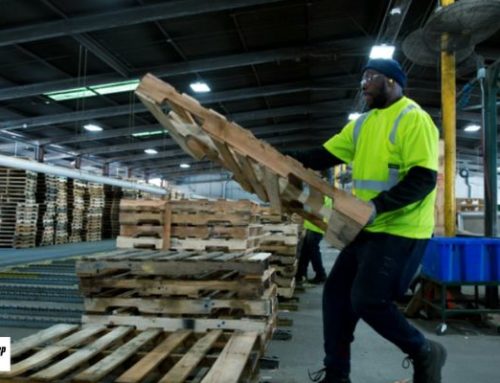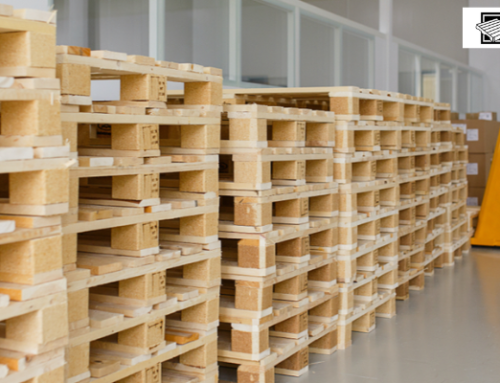In the modern era, every business wants to thrive in the market and gain a top-notch position.
It is possible to gain the top position when you keep your customers satisfied and happy. Every business needs to focus on enhancing its logistics and supply chain. This will entail that your customers or clients get their delivery in a timely fashion. In simple words, everything is dependent on the logistics or shipping department.
Pallets are used for storing and shipping products/cartons safely to their respective destinations. Pallets have a sturdy design to withstand weather changes and adverse shipping conditions. With the help of pallets, you can ensure that your products and commodities reach their destination in a safe manner. Before you start using pallets, though, you must know crucial things about them. This will help you to make the best use of your pallets.
Understanding The History Of Pallets
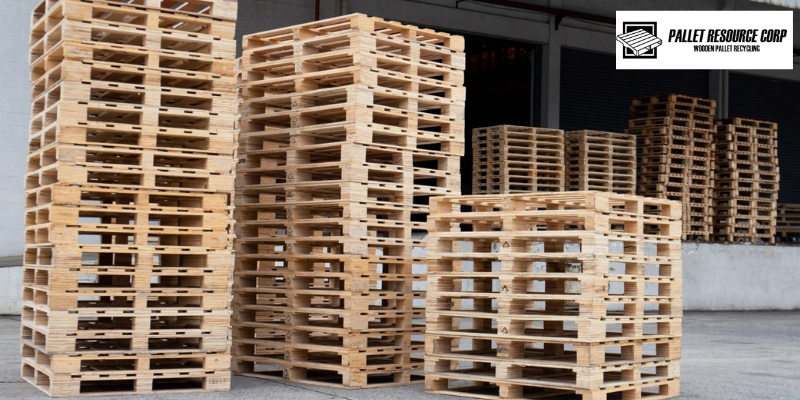
Pallets were first introduced to the market in the 20th century. Due to the features offered by pallets, people adopted them quickly. Pallets were applicable in different industries and for various purposes. The primary use of pallets was handling the storage and logistics for a business. Over time, pallets saw changes in their structure and design. In return, pallets helped businesses to modernize their logistics.
Before pallets, businesses used inefficient and loose packages for shipping goods to their destination. The emergence of pallets enhanced the transportation and safety of shipped goods.
As businesses became more efficient, they started the concept of pallet pooling. This helped the developed and developing companies to improve their logistics and good shipments.
What Are The Different Types Of Pallets Available In The Market?
You can come across a wide range of pallets. Business experts have classified pallets into different categories.
What are the kinds of pallets businesses find useful in the modern market? Here are some…
#1 Pallets Based On The Dimensions
Euro Pallet: As the name suggests, this pallet is available for use in the European market. The pallet’s design and dimensions are decided by the European Pallet Association. The measurement of such pallets always remains 1200mm x 800mm. These are the standard dimensions, and no one can tamper with them. The pallets can handle loads ranging from 20 kg to 2000 kg.
American Pallet: These pallets are available in the American and Japanese markets. The standard dimension of the pallet is 1200mm x 1000mm. It can hold a load from 30 kg to 2500 kg. If the area is smooth, the pallets can manage up to 5000 kg weight.
Miscellaneous Pallet Availability: These are ISO-certified pallets used across the globe. The dimension can vary based on the region and area.
#2 Differentiation Of Pallets Based On Their Entry Point
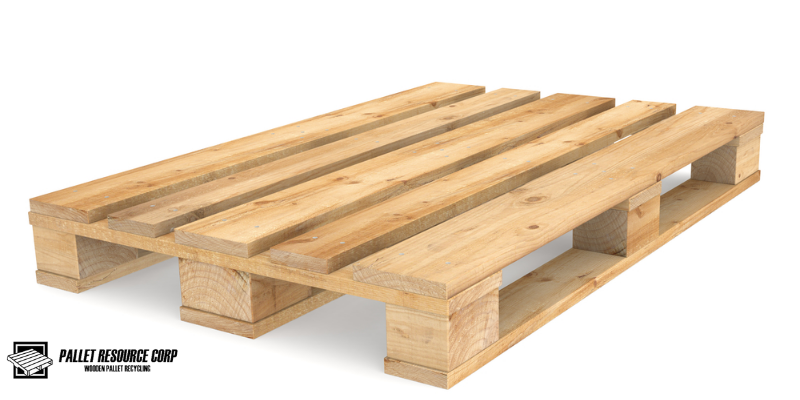
Not everyone knows about the entry point of the pallets. It is the point at which the forklift can access the pallet for transportation. Entry points can be different for pallets.
- 4 Entry Points: You can access the pallets from all four sides.
- 2 Entry Points: It is possible to access the pallet only from two sides.
#3 Segregation Of Pallets Based On Material
Pallets are made from a wide range of materials…
- Wooden Pallets
- Plastic Pallets
- Metal Pallets
- Cardboard Pallets
You must choose the appropriate pallets for your business based on your requirements.
#4 Understanding The Specifications Of The Business
Every business has different requirements. Based on that, you must have a specification for the pallets used in your logistic(s) department. The use of pallets impacts the operations and applications of the business.
So what are the things about pallets to consider?
- The performance of pallets and their failure rate
- The efficiency of the unit load
- The distribution of weight on the pallets
- Overall costs incurred in pallet application
Summary
Every business should focus on getting high-quality pallets from reliable suppliers. At Pallet Resource, you can get high-quality pallets at affordable rates. For more information, call Pallet Resource of Blaine, MN, at 763-792-2882.

